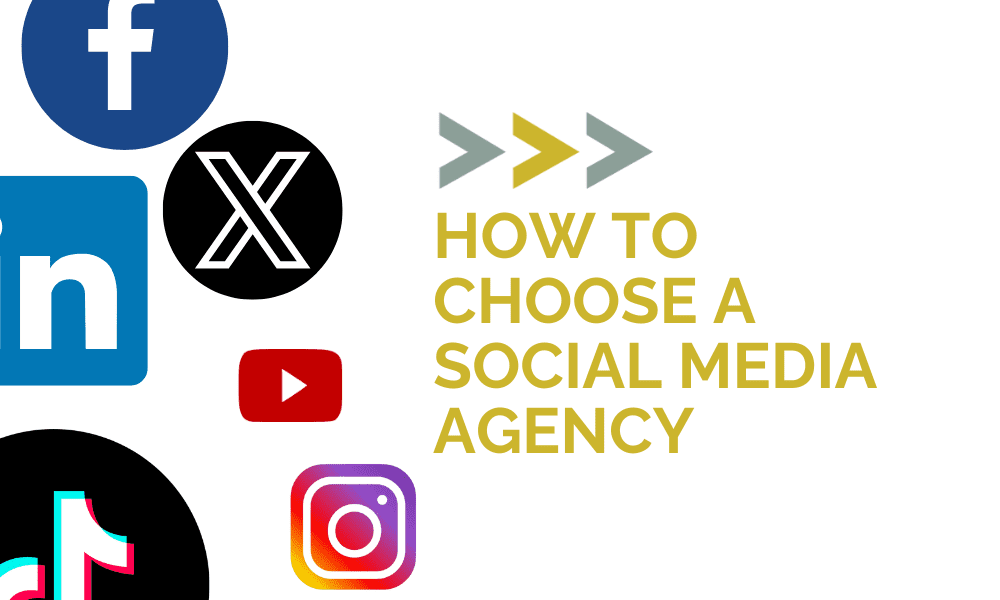
Content Marketing Strategies: The Importance of Storytelling and Creating Authentic, Engaging Content
At the heart of effective content marketing lies the art of storytelling and the creation of authentic, engaging content. Storytelling is a powerful tool that can transform your marketing efforts. It can connect with audiences on an emotional level, making your brand more relatable and memorable. Here’s why it’s so essential:
The Power of Storytelling in Content Marketing
Builds Emotional Connections:
Stories evoke emotions, helping your audience connect with your brand on a deeper level. When people feel emotionally connected, they’re more likely to trust and engage with your brand.
Enhances Brand Identity
A well-told story can communicate your brand’s values, mission and vision more effectively than other forms of content. It humanizes your brand and sets you apart from the competition.
Increases Engagement
Engaging stories capture attention and hold it. Whether it’s a blog post, video or social media update, a compelling narrative keeps your audience interested and encourages them to interact with your content.

Simplifies Complex Information
Stories can make complex or abstract information more accessible and understandable. By weaving facts and data into a narrative, you can convey your message more clearly.
Here’s how you incorporate storytelling into your content marketing strategy?
Blog Posts
Blogs are a staple of content marketing, and crafting them effectively is crucial for engaging your audience and improving your SEO. Here are some best practices:
Craft Compelling Headlines
Your headline is the first thing readers see, so make it attention-grabbing. Use numbers, questions or powerful adjectives to entice readers to click.
Focus on the Audience:
Write with your audience in mind. Understand their pain points, interests and preferences. Address their needs and provide valuable insights or solutions.
Tell a Story
Start with an engaging hook, build up the narrative and end with a strong conclusion. Use anecdotes, case studies or personal experiences to illustrate your points. For example, let’s say you own a restaurant. Highlighting your staff’s journey to chefdom paints an interesting (and credible!) picture of the people behind your food.

Use Visuals
Incorporate images, infographics and videos to break up text and make your posts more visually appealing. Visuals can also help explain complex concepts and keep readers engaged.
Optimize for SEO
Conduct keyword research and integrate relevant keywords naturally into your content. Use meta descriptions, header tags and internal links to improve your post’s SEO.
Videos
Video content is increasingly popular and effective for storytelling. Here’s how to make the most of it:
Keep it Short and Sweet
Aim to convey your message within the first few seconds. Keep videos concise while ensuring they provide value.
Tell a Compelling Story
Start with a strong hook, build up to the main message and end with a call to action. Use storytelling techniques to create an emotional connection with your viewers.
Use High-Quality Visuals and Audio
Invest in good equipment or hire professionals to ensure your videos look and sound great. Poor quality can detract from your message and brand image.
Add Captions and Subtitles
Many people watch videos without sound, especially on social media. Adding captions ensures your message is accessible to all viewers.
Promote Across Channels
Share your videos on multiple platforms, including your website, YouTube and social media channels. Tailor the format and length to fit each platform’s best practices.
Social Media
Social media is a dynamic platform for storytelling and engaging with your audience. Here are some tips:
Know Your Platform
Different platforms have different audiences, norms and best practices. Tailor your content to fit the specific platform, whether it’s Facebook, Instagram, Twitter, LinkedIn or TikTok.
Be Authentic
Authenticity resonates with audiences. Share behind-the-scenes content, user-generated content and honest stories to build trust and engagement. You may also want to consider working with influencers or micro-influencers, which can help you reach a larger audience in a genuine way.
Use Visual Storytelling
Leverage images, videos and graphics to tell your story. Visual content is more likely to be shared and can convey your message quickly.
Engage with Your Audience
Respond to comments, participate in conversations and show appreciation for your followers. It’s also a good idea to follow and engage with pages relevant to your industry. Engagement fosters a sense of community and loyalty.

Post Consistently
Maintain a regular posting schedule to keep your audience engaged. Use a content calendar to plan and organize your posts.
Review and Refine
Check in on how your posts are performing. What type and format of content is earning the most engagement and reach? For example, if Reels featuring a behind-the-scenes look at your business continually outperform image posts with text, consider building on that concept.
Incorporating storytelling into your content marketing strategy can significantly enhance your brand’s appeal and effectiveness. By following best practices for blog posts, videos and social media content, you can create authentic, engaging content that resonates with your audience and drives results.
Need help crafting a winning content marketing plan?
Let’s chat!



